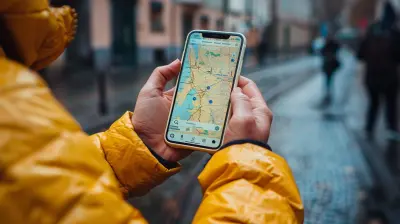Beyond the Canvas: Multimedia Art Exhibits Changing the Game
19 August 2025
Art has always been a reflection of human emotion, culture, and creativity. For centuries, we’ve admired paintings on canvas, sculptures in marble, and delicate sketches on paper. But nowadays, art is no longer confined to traditional spaces—it’s expanding beyond the canvas, morphing into something more immersive, interactive, and unforgettable.
Multimedia art exhibits are changing the way we experience creativity, blurring the lines between viewer and artist. These exhibits engage multiple senses, pulling us into a world where technology and artistic expression collide. But what exactly makes them revolutionary? Let’s dive into this new artistic frontier.
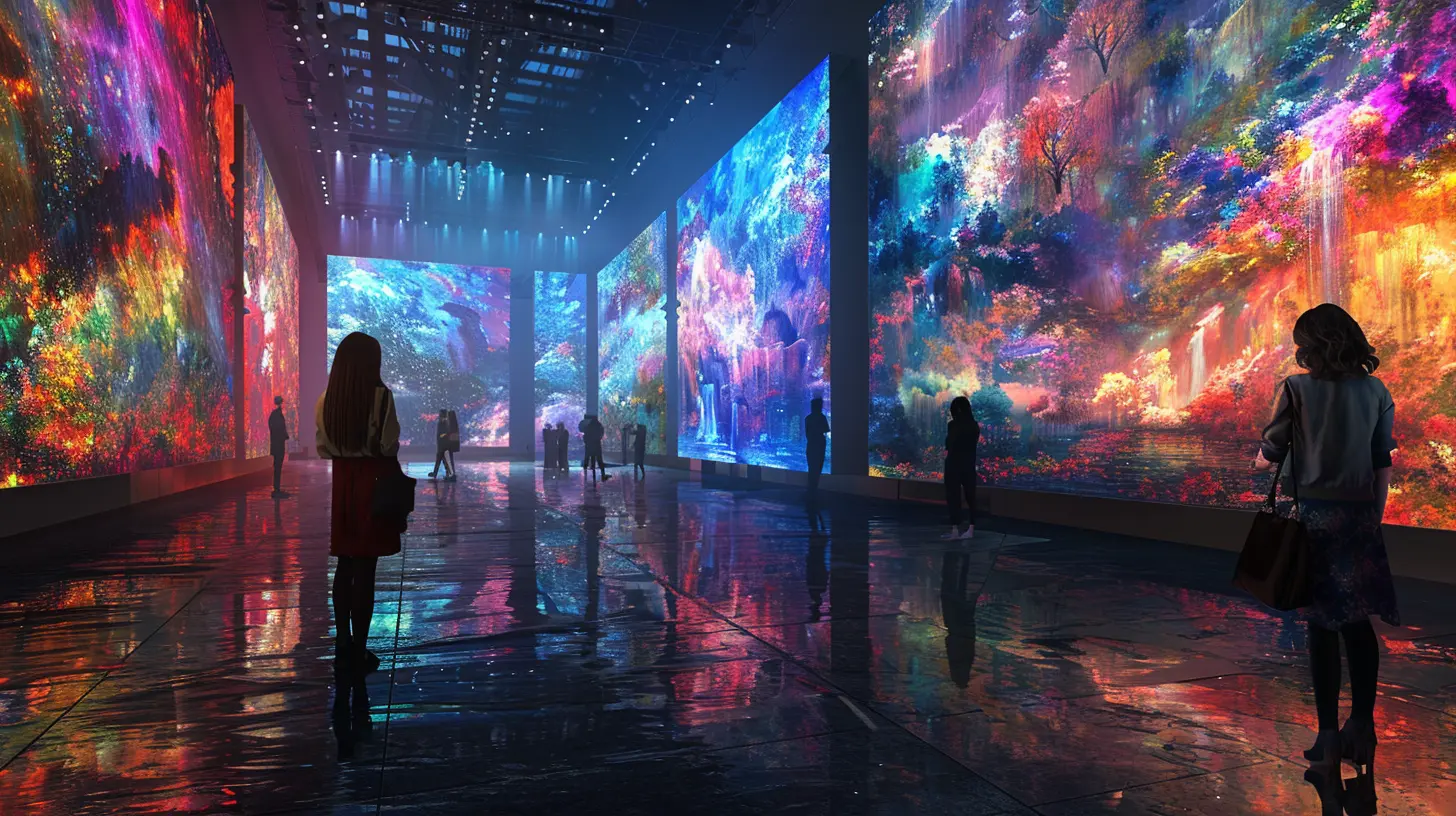
The Evolution of Art Exhibitions
Once upon a time, visiting an art gallery meant walking through long halls, admiring framed paintings in silence. While this classic approach still has its charm, modern technology has transformed the way we engage with art.From interactive installations to fully immersive digital experiences, multimedia art has redefined traditional exhibitions. Thanks to innovations like projection mapping, virtual reality (VR), and artificial intelligence (AI), today’s art lovers don’t just look at paintings—they step inside them.
Breaking the Frame: What Sets Multimedia Exhibits Apart?
So, what makes multimedia art exhibits so unique? It’s all about how they engage the audience. Traditional art allows viewers to observe, but multimedia exhibits invite them to participate. Let’s break down the key elements that make these experiences stand out.1. Immersive Digital Projections
Have you ever dreamed of walking into a painting? Projection mapping technology makes it possible. By casting high-resolution images onto walls, floors, and ceilings, artists can transform entire rooms into living, breathing canvases.Take Van Gogh: The Immersive Experience, for example. Visitors don’t just admire Van Gogh’s paintings from a distance—they’re surrounded by sweeping projections of his iconic brushstrokes, accompanied by a dramatic soundtrack that brings his art to life.
2. Interactivity and Engagement
Unlike static paintings, multimedia exhibits encourage guests to interact with the artwork. Touch-sensitive displays, motion sensors, and AI-powered installations allow visitors to influence the art in real time.Imagine waving your hands in front of a screen and watching patterns shift as if responding to your energy. This kind of engagement not only deepens the connection with the art but also ensures that no two visits are exactly the same.
3. Multisensory Experiences
Multimedia art isn’t just about what you see—it’s about what you hear and sometimes even what you feel.Some exhibits incorporate music, ambient sounds, or spoken word performances to heighten emotion, while others integrate scent and temperature changes to fully immerse visitors in a different world. Ever stepped into an exhibition that smells like a blooming garden or echoes with the sound of waves crashing? These details make all the difference.
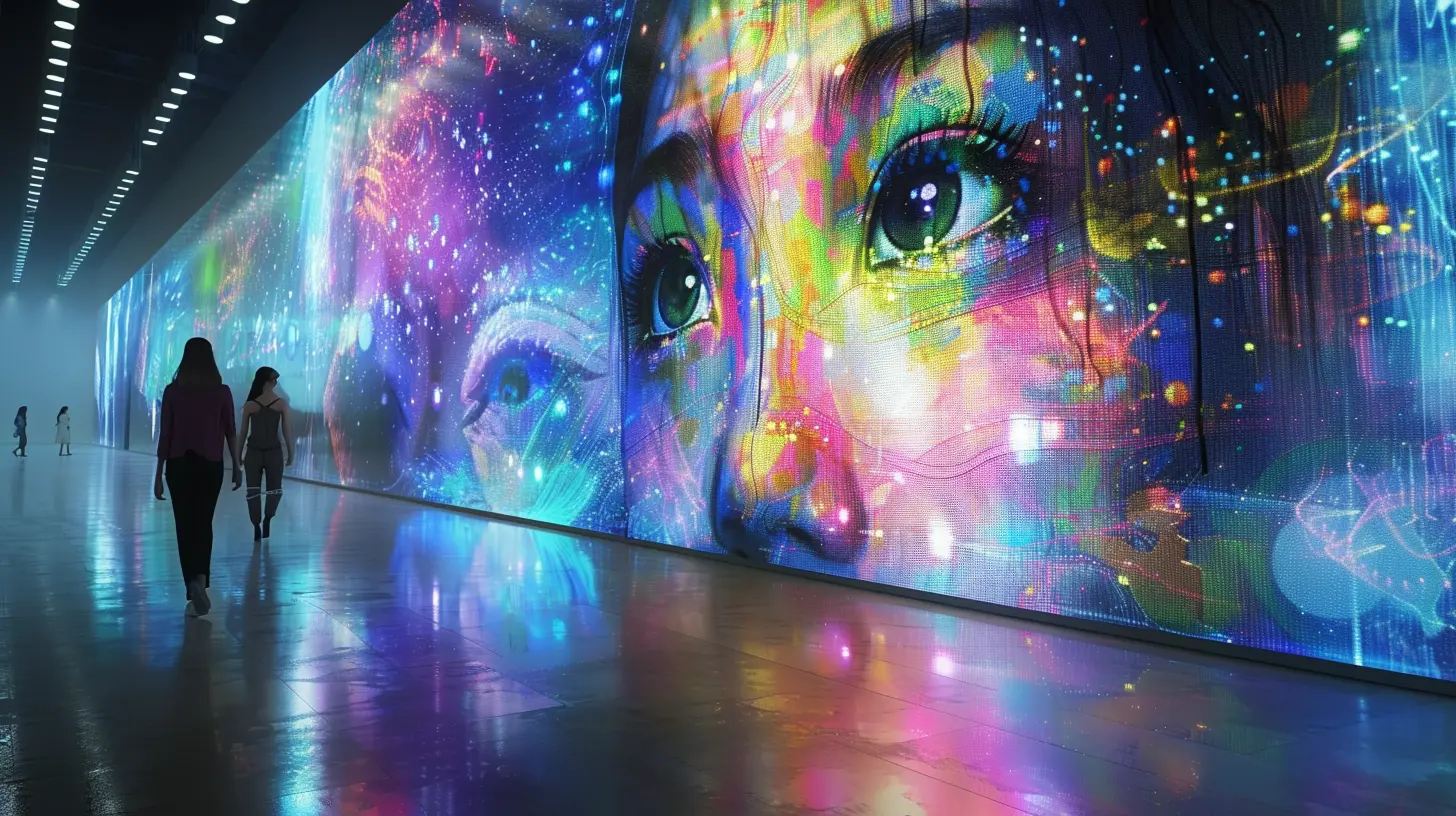
The Role of Technology in Multimedia Art
Technology is the driving force behind this artistic revolution. Today’s artists use cutting-edge tech to push the limits of creativity, merging programming, animation, and artificial intelligence to create dynamic exhibits that constantly evolve.Augmented Reality (AR) and Virtual Reality (VR)
AR and VR are two of the biggest game-changers in modern art exhibits. With AR, visitors can use their smartphones or special headsets to see digital layers added to real-world environments. Meanwhile, VR transports viewers into entirely different realities, where they can interact with 3D landscapes and characters.For instance, The Unreal Garden is a breathtaking VR experience where visitors wander through a dreamlike world of floating flora and mystical creatures, blending fantasy with reality in a way that traditional art never could.
AI-Generated Art
What happens when artificial intelligence becomes the artist? AI-generated art is gaining popularity, with algorithms creating stunning visuals based on input from human artists. This raises fascinating questions about the role of creativity and whether machines can truly "create" art.Artists like Refik Anadol have pioneered AI-driven installations that process vast amounts of data to create mesmerizing, ever-changing visuals. His work often blurs the boundaries between human and machine expression—challenging our very definition of art.
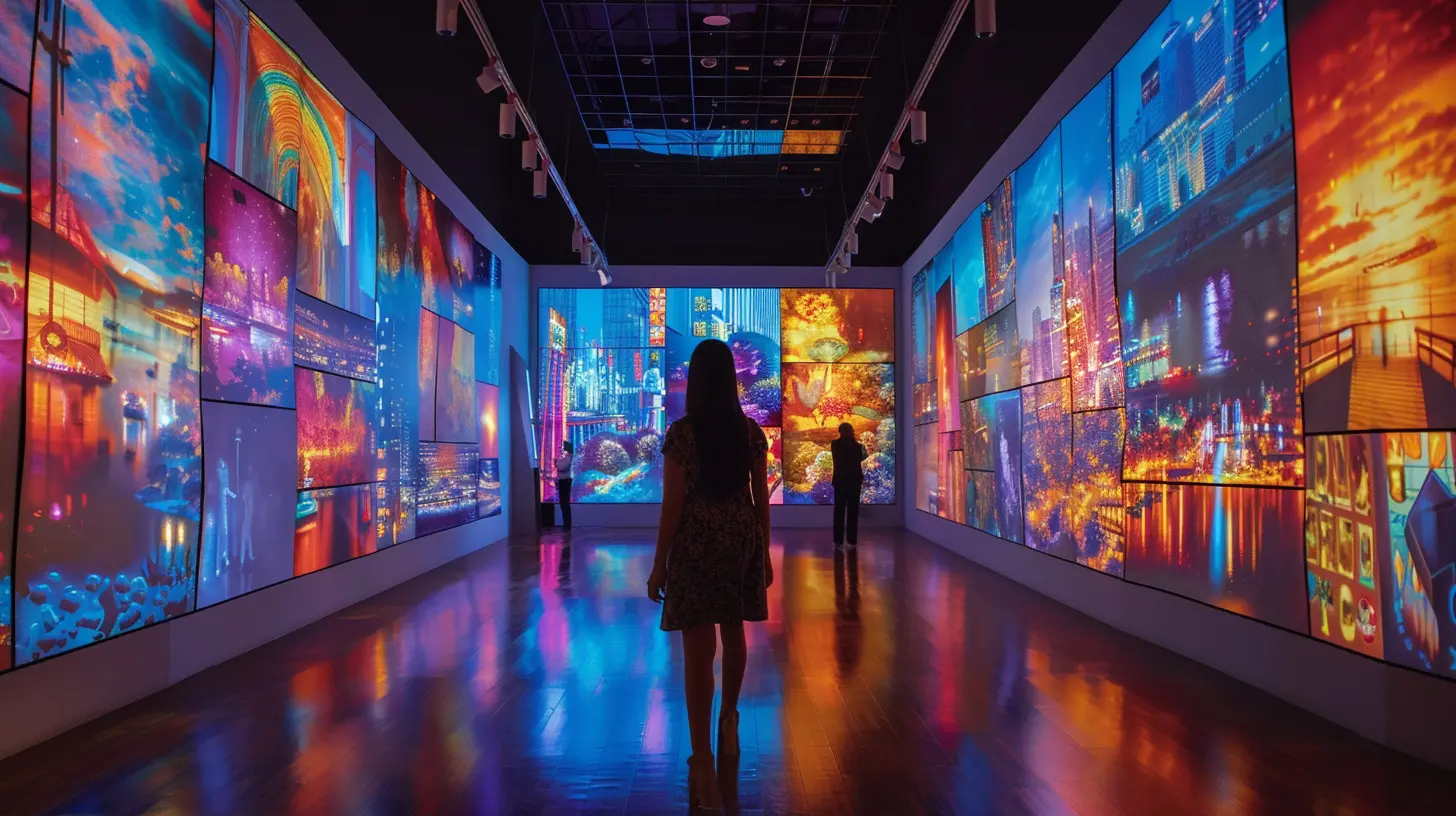
The Rise of Pop-Up and Traveling Exhibits
Another reason multimedia exhibits are thriving? The rise of pop-up and traveling art shows. Unlike traditional museums, these exhibits move from city to city, making them more accessible to a global audience.Shows like Beyond Van Gogh and Yayoi Kusama’s Infinity Rooms attract massive crowds because they offer limited-time experiences that feel rare and exclusive. Social media plays a huge role too—visitors love sharing photos and videos, making these exhibits go viral and boosting their popularity.
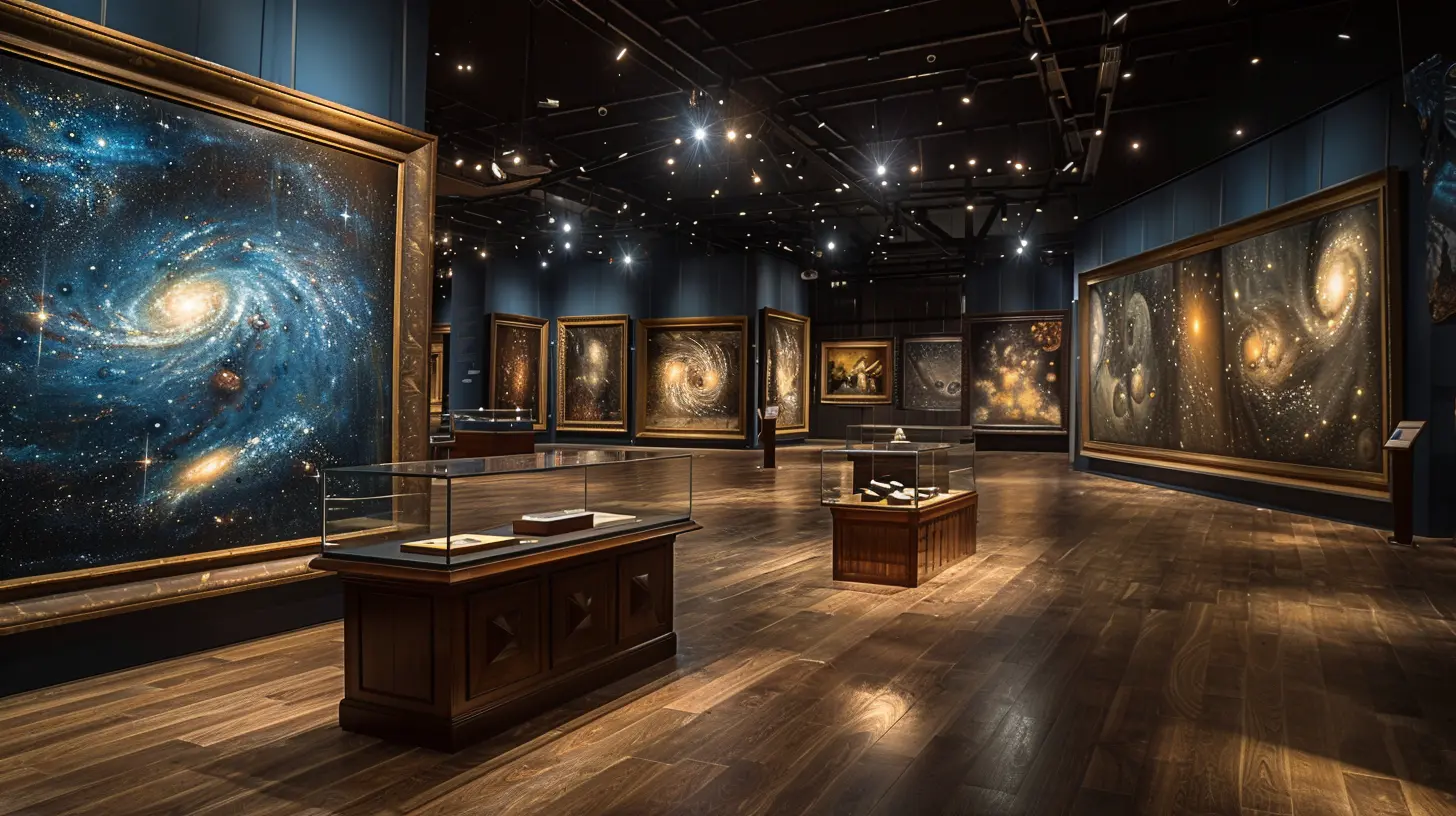
How Multimedia Art is Changing Tourism
Multimedia art exhibits aren’t just changing the way we experience creativity—they’re reshaping tourism as well. Cities are now attracting visitors specifically for these unique experiences, turning digital art into a major travel draw.Take Tokyo’s teamLab Borderless, for example. This digital art museum has become a must-see attraction, with visitors from all over the world flocking to immerse themselves in its ever-shifting light displays and interactive art pieces.
Similarly, exhibitions like Atelier des Lumières in Paris or ARTECHOUSE in Washington, D.C., are revolutionizing how travelers explore cities by offering something beyond typical museums and landmarks.
The Future of Multimedia Art
So, what’s next for multimedia art? If current trends are any indication, we’re only scratching the surface. Future exhibitions will likely become even more immersive, with advancements in AI, haptic feedback (touch-sensitive technology), and mixed reality pushing boundaries even further.We may soon see art installations that respond to our emotions, using biometric sensors to adjust visuals and sounds based on our heart rate or expressions. Imagine an exhibit that shifts colors and music based on how you feel—now that’s a personal experience!
Final Thoughts
Multimedia art exhibits are more than just eye-catching displays—they’re reshaping the way we engage with creativity. By combining technology with artistic expression, these exhibits transport us beyond traditional galleries into experiences that stimulate all our senses.As this trend continues to grow, one thing is certain: the future of art is anything but static. Whether through VR, AI, or immersive projections, multimedia art is proving that creativity has no limits. Ready to step into this new world of artistic innovation?
all images in this post were generated using AI tools
Category:
Museums And GalleriesAuthor:

Taylor McDowell
Discussion
rate this article
2 comments
Jax McAndrews
Who needs a time machine when you can step into a multimedia art exhibit? It's like dancing through a kaleidoscope with a playlist—where the only time traveler is your imagination and the only ticket is your curiosity!
November 18, 2025 at 3:37 AM
Thorne Wilson
Finally, a place where I can appreciate art without worrying if my toddler will touch a priceless painting! These multimedia exhibits are like the Swiss Army knives of culture—interactive, engaging, and way less stressful. Who knew art could come with a side of fun and finger paint?
August 21, 2025 at 4:05 PM

Taylor McDowell
I'm glad you enjoyed it! Multimedia exhibits really do make art accessible and fun for all ages.

